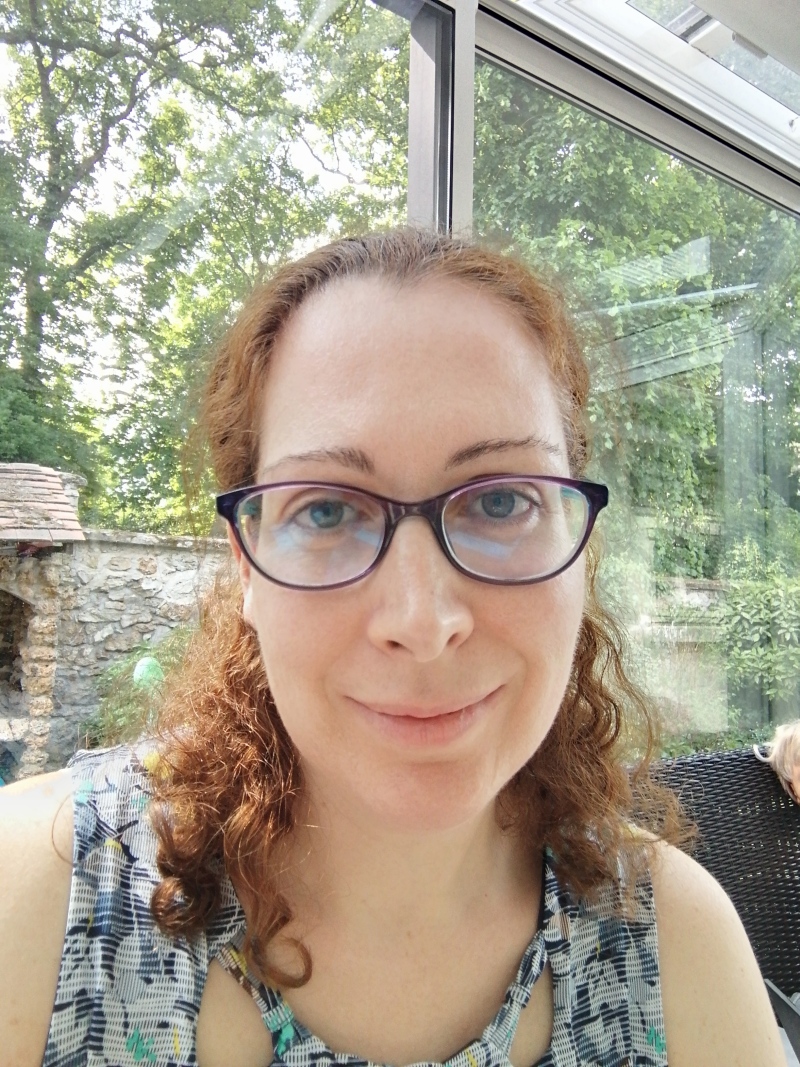Esther Diez-Ceballero (@Water JPI)
February 2023
Esther, how did you get involved in this field? What’s your background?
My background is in Water Sciences. I have a PhD in water management and broad expertise in environmental modelling and participatory approaches in water management. I coordinate the Water JPI since May 2022. As part of our work plan, we wish to enable the valorization of Water JPI activities in Europe and beyond. We have to make sure that all the results of the Water JPI are made available for policy support and innovation. Having carried out research on a science-policy interface, I am looking forward to facilitate communication between the Water JPI research community and decision makers.
Water JPI is one of the Joint Programming Initiatives (JPIs) that set up the ERA-Net Cofund AquaticPollutants. What is the advantage of joining together with other JPIs? What does this collaboration look like?
The JPIs were originally launched to address grand societal challenges such as water security. The success of the Water JPI, and any other JPI, is essentially determined by the active participation of its funding members, i.e. national programme owners in the launch of calls for projects and other additional activities. By joining efforts with other JPIs, we are not only mobilizing more funding members, thereby increasing the funding available for calls for proposals and other activities, but we are indirectly bringing together research teams working in different areas such as hydrology, chemistry or ecotoxicology. Bringing together different areas of expertise also helps address societal challenges like water pollution or health in a more holistic way. Last but not least, enabled collaboration between JPIs is extremely useful in enhancing the sharing of knowledge and good practices.
What are Water JPI’s goals with the Cofund?
The Water JPI’s strategic research and innovation agenda includes contaminants of emerging concern (CECs) as one of the key areas where more research and innovation is needed. We need to enhance our understanding of monitoring and analytical techniques for CECs, better understand and predict the behavior of those contaminants in aquatic ecosystems and biodiversity, and determine possible strategies for reducing the concentration and the impact of CECs. All these priorities are covered in the AquaticPollutants project and I am fully sure that the projects selected for funding will help us generate the knowledge we need. Water JPI partners have a crucial role in AquaticPollutants. PTKA (Germany) is coordinating the project and other Water JPI partners are fully engaged in communication and valorization tasks.
What are the Cofund's most interesting outputs or activities to date?
It should be particularly be highlighted that 18 projects have been funded in response to the AquaticPollutants Call. In total, the projects involve more than a hundred partners for an overall funding of more than 20 million Euros. But other than the call for projects, we should note the efforts made by partners in setting up a Thematic Annual Programme (TAP) that brings together experts in the field of aquatic pollutants. The TAP instrument is quite innovative and it aims to support strategies for the alignment of research and innovation priorities. Once again, I would like to insist on the role of valorization as a way to ensure a continuous use of project results. AquaticPollutants also responds to this strategic objective through the organization of roadshows.
What do you think is most interesting about the AquaticPollutantsTransNet project? Why is it important to have a transfer project within the Cofund?
The AquaticPollutantsTransNet project is unique in its objectives. Through different activities, the project aims at enhancing the involvement of stakeholders and citizens in general in the reduction of aquatic pollutants in the water cycle. Through this involvement, the project will raise social awareness of the risks and challenges posed by aquatic pollutants.
AquaticPollutantsTranNet is very well aligned with the current Water JPI’s strategy, seeking to enhance the use and usefulness of our project results by stakeholders and citizens in general. I am convinced of the fundamental role of the project in increasing the impact of research activities around the area of aquatic pollutants. And I am looking forward to having final results and transferring key learning points to other running and future initiatives on water, in particular the Water4All Partnership.
How does the project contribute to the grand challenge of “Achieving sustainable water systems for a sustainable economy in Europe and abroad”?
Reduced water quality is one of the main risks for achieving the sustainable use of water systems. The AquaticPollutants project addresses many of the key areas around water pollution and water quality so it will come up with possible solutions for remediating and reducing pollutants in water systems.
In your opinion, what is the advantage of joint calls that involve various countries and their funding organisations?
The Water JPI has proved its capacity to bring together national program owners around a topic of common interest. Joint calls are the result of an inclusive and consensus-based approach in which participating countries agree to launch an activity on a topic of societal importance. This is a very complex and long process in which countries also have to come up with common rules for proposal evaluation and implementation modalities. I am convinced that joint calls, and JPIs in general, help to unify positions and have one common voice representative of all national funding organisations.
What are your next steps with the Cofund?
Amongst other activities, we should underline the mid-term review of funded projects. A dedicated meeting will take place in Madrid at the end of May 2023. That will be an important milestone for the AquaticPollutants partners as we will have a first overview of the progress made so far, the knowledge produced by projects and the activities to be implemented in the second half of projects.
Thank you very much for your time, Esther!
